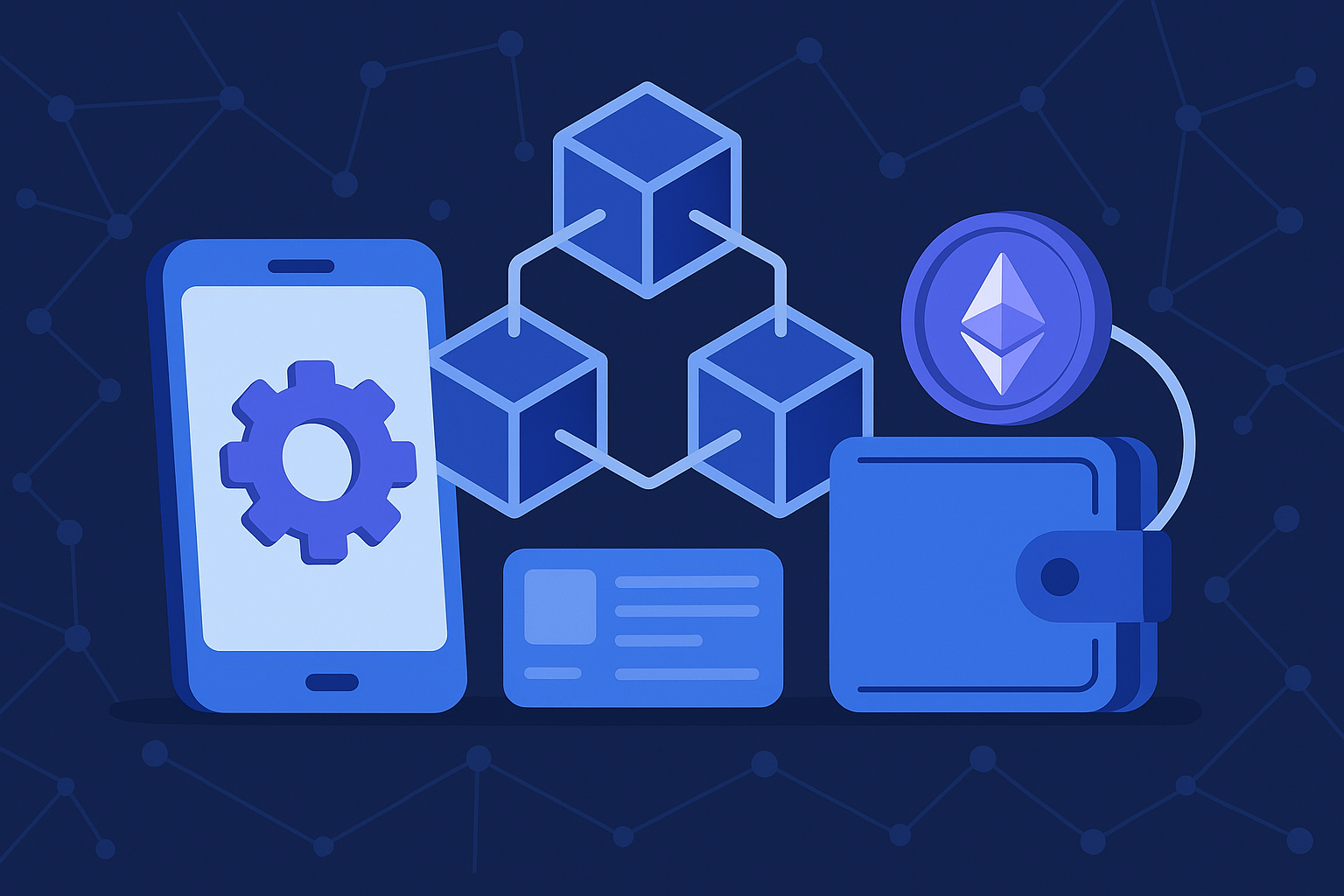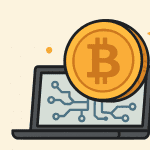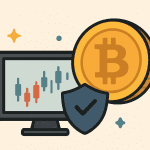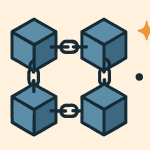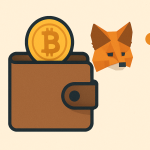A dApp, or decentralized application, is like a regular app — but it runs on a blockchain instead of a central server. That means it’s not controlled by one person or company.
In this easy-to-understand guide, you’ll learn what dApps are, how they work, and why they’re important in the world of crypto and Web3.
Contents
What Does “Decentralized” Mean?
In traditional apps (like Instagram or PayPal), everything is controlled by a company. The company stores your data, runs the servers, and can change the rules at any time.
A decentralized app (dApp), on the other hand:
-
Runs on a blockchain (like Ethereum, BNB Chain, or Solana)
-
Uses smart contracts instead of centralized servers
-
Can’t be easily shut down or censored
-
Is usually open-source and transparent
With dApps, you stay in control of your data and assets.
Key Features of dApps
✅ Decentralized – No single point of control
✅ Blockchain-based – Uses smart contracts to run
✅ Open-source – Code is visible to anyone
✅ Token-powered – Often uses crypto tokens for access or rewards
✅ Censorship-resistant – Can’t be easily blocked or taken down
Examples of Popular dApps
Here are a few common types of dApps and examples you might recognize:
🔁 DeFi (Decentralized Finance)
-
Uniswap – Swap crypto tokens
-
Aave – Lend and borrow crypto
-
Compound – Earn interest on crypto
🎮 Games
-
Axie Infinity – Play-to-earn game
-
Gods Unchained – Card battle game with NFTs
🖼️ NFT Marketplaces
-
OpenSea – Buy and sell digital art
-
Magic Eden – NFTs on Solana
💬 Social and Content Platforms
-
Lens Protocol – Decentralized social network
-
Mirror – Web3 blogging platform
How dApps Work (Simple Explanation)
Most dApps are powered by smart contracts — which are programs that run on blockchains.
Here’s how it works:
-
A user connects a wallet (like MetaMask) to the dApp.
-
The dApp interacts with smart contracts to perform actions (like swapping tokens).
-
The result is recorded on the blockchain, not on a central server.
-
Everything is transparent and can be verified by anyone.
For example, when you use a DeFi dApp to trade tokens, there’s no bank or middleman involved — just code.
How to Use a dApp (Beginner Steps)
-
Install a Crypto Wallet
Use MetaMask, Trust Wallet, or Coinbase Wallet. -
Add Some Crypto
Buy ETH, BNB, or other crypto and send it to your wallet. -
Visit a dApp Site
For example, https://app.uniswap.org to swap tokens. -
Connect Your Wallet
Click “Connect Wallet” and approve the connection. -
Start Using the dApp
You can trade, lend, mint NFTs, or interact in many ways — depending on the app.
Pros of Using dApps
✅ No account or KYC needed
✅ Full control of your assets
✅ Low or no fees (depending on the network)
✅ Transparent and open
✅ Access to new and exciting projects
Cons or Risks to Know
❌ Complex for beginners – Some dApps can be confusing
❌ Gas fees – You pay blockchain fees (especially on Ethereum)
❌ Scams or bugs – Use only trusted apps with good reviews
❌ You are responsible – Lose your wallet = lose your funds
Be careful, double-check websites, and never share your wallet seed phrase.
Why dApps Matter
dApps are the foundation of Web3, the new internet where users have more control. They remove middlemen, give power to users, and create new ways to interact, earn, and create online.
Just like websites changed the world in the 1990s, dApps are changing the internet again — making it more open, global, and fair.
Final Thoughts
A dApp is simply an app that runs on the blockchain. It may look like a regular website or app, but behind the scenes, it’s running with smart contracts, not servers.
If you’re curious about crypto, NFTs, or DeFi, trying a dApp is a great place to start. Just take it slow, stay safe, and explore!
